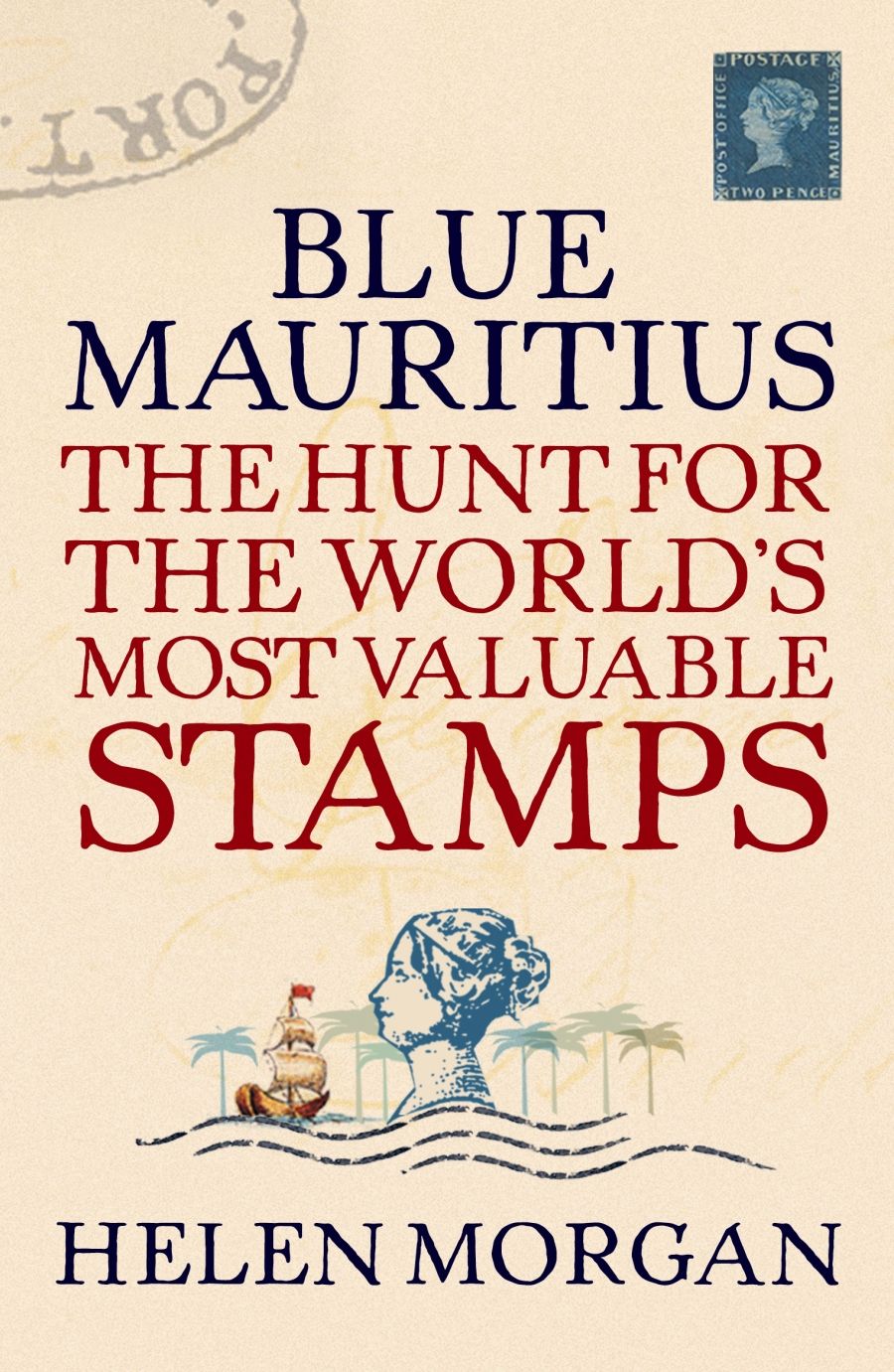
- Free Article: No
- Contents Category: Non-fiction
- Review Article: Yes
- Article Title: Kings, schoolboys and other collectors
- Online Only: No
- Custom Highlight Text:
The first official postage stamps of a British colony were produced on the small island of Mauritius. In 1847, seven years after Rowland Hill’s ‘Penny Black’, the Mauritian postmaster issued 500 orange-red one penny stamps and 500 blue twopence stamps. In size, shape and design, they are utterly conventional. Depicting Queen Victoria in profile, they lack the charm of the 1850 ‘Sydney Views’ stamps of New South Wales or the peculiarity of the 1854 ‘Inverted Swan’ of Western Australia. They are, however, inscribed ‘Post Office’, whereas all later stamps are inscribed ‘Post Paid’. They are instantly recognisable and ever since the 1860s, when philately first became respectable, they have been sought and prized by kings, schoolboys and other collectors.
- Book 1 Title: Blue Mauritius
- Book 1 Subtitle: The hunt for the world's most valuable stamp
- Book 1 Biblio: Atlantic Books, $39.95 hb, 332 pp, 1843544350
- Book 1 Readings Link: https://www.booktopia.com.au/blue-mauritius-helen-morgan/book/9781843544364.html
In 1904 a London auctioneer offered for sale a perfect specimen of the ‘Blue Mauritius’. The bidding was fierce, and when it sold for £1450 a world record had been set for a single stamp. The bidder was unknown, but it later emerged that he was the agent of the prince of Wales, the future George V. In the same year, the prince bought the companion stamp, a ‘Red Mauritius’, from a former Australian governor, Lord Kintore. The two stamps remain in the royal collection to this day. They were a good investment by the prince; in 1993 a folded letter containing both stamps was sold in Zurich to an anonymous collector for £2.64 million, the highest amount ever paid for a philatelic item.
Virtually every book on rare stamps contains a reference to the ‘Post Office’ stamps of Mauritius. In particular, L.N. and M. Williams in Famous Stamps (1940) and other books have provided potted biographies of each of the known specimens. In Blue Mauritius, Helen Morgan has built on their work and written an exhaustive and lively account of the origin, discovery and provenance of the twenty-six survivors. An Australian married to a Mauritian, her familiarity with Mauritian history and her strong sense of place are evident in the early chapters, which are centred on Government House and the post office at Port Louis. She has an eye for amusing detail, revealing that among the hand stamps used by the postal clerks were ‘Eaten by rat’ and ‘Missent to Mauritius’. She is also familiar with the port and commercial district of Bordeaux, where over half the surviving stamps were eventually found. Place becomes less important, however, in later chapters, as ownership of the Mauritian stamps passed to collectors in ten or so European countries, and also the United States, Japan and Sri Lanka. The focus of the book becomes people: a large cast of officials, merchants, dealers, philatelic writers and a great array of collectors.
Morgan enjoys writing about some of the early collectors of ‘Post Office’ stamps. Madame Borchard, the wife of a Bordeaux merchant, stands out, partly because for a few years she owned thirteen of the stamps, partly because she was a woman in the largely masculine world of philately. Her successors were very rich men, such as Arthur de Rothschild, who also collected ties, cigars and hair ribbons, and the reclusive and shabbily dressed Philipp von Ferrary. The greatest stamp collector of them all, Ferrary undertook legal studies to prove that, despite the scale of his collecting, he was of sound mind. Morgan deals more cursorily with later collectors and perhaps could have said a little more about the breadth of their collecting, their habits and passions, and the sources of their wealth. Like book collectors, modern stamp collectors tend to be specialists. In recent times, most of the owners of the ‘Post Office’ stamps have been secretive or completely anonymous.
Morgan has an easy conversational style and makes sparing use of technical terms, yet her erudition is evident in the extensive footnotes and bibliography. An archivist herself, she has made good use of archives in Mauritius, France and England, as well as a great range of books, philatelic magazines and newspapers. Apart from documenting the hunt for rare stamps, she discusses forgeries and sharp practices by dealers and touches on the place of the stamps in popular literature. Billy Bunter and the Blue Mauritius (1951) is one of several novels involving the theft of one of the ‘Post Office’ stamps. In the last century, the ‘Blue Mauritius’ has fetched much higher prices than the equally rare ‘Red Mauritius’. Morgan reflects on the attributes that make particular stamps so valued by wealthy collectors. Rarity is just one factor; ultimately, it may be a mystery why two small scraps of gummed paper fetch as much as the Gutenberg Bible. This handsome book, with its well-designed dust jacket, will be of special interest to philatelists. It should also appeal to the legions of lapsed stamp collectors and anyone who is intrigued by the whole phenomenon of collecting.


Comments powered by CComment